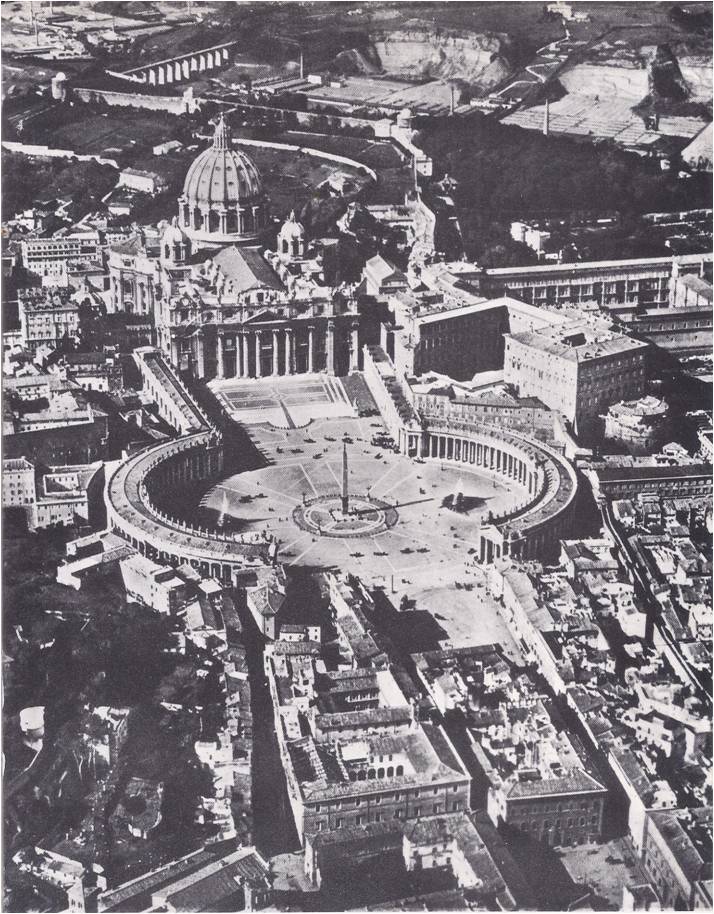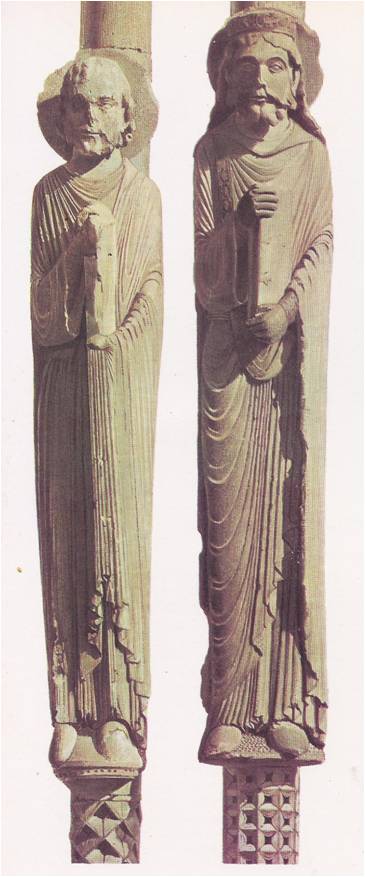In 1492, young Giovanni de’ Medici bade farewell to his father, Lorenzo the Magnificent and left Florence to take his place in Rome among the cardinals of the church. At sixteen, Giovanni was a nobleman in the court of the pope, a man of influence and power. That was fortunate, for when Giovanni was eighteen, his family’s power collapsed. The Florentines drove the Medici from their city and Giovanni, who had come home for a visit, narrowly escaped being stoned by the citizens who once had cheered him. As he crept out of the city, disguised as a poor friar, he swore that he would one day return in triumph. First, he thought, he must look to his career in the church. Whatever the Florentines did, he was still a cardinal and in the papal court there were many ways for a clever man to rise to greatness. When he had crossed the Tuscan border, Giovanni threw off his humble disguise, put on the crimson robes and red hat that marked him as a “prince of the church” and took the road that led to Rome. The young cardinal was not alone in hoping to make his fortune in Rome. Indeed, the old city teemed with ambitious men of every sort — scholars and scoundrels, diplomats and spies, millionaires and fortune-hunters, priests and professional murderers. Rome had known every sort of splendour and evil. Memories of unmatched elegance and unbelievable cruelty lingered in the ruins of temples and arenas built by ancient emperors. Grim fortress-houses were reminders of an age of violence, when the bloody feuds of rival clans of nobles had turned Rome into a ghost city. Now there were new mansions, palaces and lofty churches. A new magnificence had come to Rome with the gold that poured into …
Read More »The Crusades 1096-1260
ON A COLD NOVEMBER DAY IN 1096, a great crowd of people gathered in a field at the town of Clermont in France. They had come from miles around and near them were pitched the tents they had put up for shelter. For some days, Pope Urban II had been holding a great council of cardinals, bishops and princes. Today he was to speak to the people and so many wanted to hear that no building was large enough to hold them all. A platform had been built in the center of the field and as Pope Urban stepped up on it a hush fell over the crowd. Pope Urban was a Frenchman and he spoke to the people around him as fellow Frenchmen. “Oh, race of Franks,” he said, “race beloved and chosen by God . . . set apart from all other nations by the situation of your country as well as by your Catholic faith and the honour which you render to the holy Church: to you our discourse is addressed. . . .” “From the confines of Jerusalem and from Constantinople a grievous report has gone forth that an accursed race, wholly alienated from God, has violently invaded the lands of these Christians and has depopulated them by pillage and fire. They have led away a part of the captives into their own country and a part they have killed by cruel tortures. . .” The people knew what he meant. He was speaking of the Holy Land, that lay on the eastern shores of the Mediterranean Sea. Here were the cities of Jerusalem, Nazareth, Gaza and Damascus. Here Jesus Christ had lived and preached and had been crucified; here Christianity had begun. Here were many sacred shrines and during the Middle Ages thousands of Europeans …
Read More »The Power of the Church 529 – 1409
IN THE YEAR 1134, in the town of Chartres in France, the church burned down. The church was a cathedral — that is, it was the church of a bishop. The bishop at that time was Theodoric and he immediately began the construction of another cathedral. He knew that the task would not be an easy one; it meant raising large sums of money and finding many workmen and the actual work of building would take years. Bishop Theodoric allowed nothing to stop him, he won the support of the people, of commoners and nobles alike. An eye-witness, who visited Chartres in 1144, wrote that “kings, princes, mighty men of the world, puffed up with honours and riches, men and women of noble birth,” helped in the work, pulling wagons loaded with “wine, corn, oil, lime, stones, beams and other things necessary to sustain life or build churches. . . .” Although a thousand men and women were drawing wagons, “yet they go forward in such silence that no voice, no murmur, is heard. . . When they pause on the way no words are heard but confessions of guilt, with supplications and pure prayer. . . . The priests preach peace, hatred is soothed, discord is driven away, debts are forgiven, unity is restored.” The cathedral was complete in 1180, but fourteen years later a fire broke out again, destroying most of the building. It also destroyed the towns people’s houses. They would have given up both the church and the town if it had not been for a representative of the pope. The fire was God’s punishment for their sins, he warned, and now they must restore the cathedral and put up new houses. The towns people did as he said. Money for the rebuilding of the church …
Read More »The Church and the Empire A.D. 527-1261
CHRISTIANITY, as the official religion of Byzantium‚ was under the control of the government. The emperor was the head of both church and state and high church officials in the East recognized him as the religious leader of the land. One of them wrote, “Nothing should happen in the Church against the command or will of the Emperor.” The church organization was similar to that of the state. As its head, but under the emperor, was the patriarch of Constantinople, who was appointed by the emperor. The appointment had to be approved by high church officials, but actually they never went against the emperor’s wishes. The emperor also had power to remove the patriarch from office. Under the patriarch were the metropolitans and archbishops, who had charge of large cities and important centers in the provinces. Then came the bishops and their staffs, which included the local priests. Unlike the priests of the West, those of the East were usually married. All the high-ranking officials of the church were unmarried and came from monasteries — places where monks and other religious men lived by themselves and spent their lives in prayer and service to God. MONASTERIES AND CONVENTS There were a great many monasteries in the East and many similar places for women, called convents. Many of these institutions helped the poor. Some provided hospitals, while others ran schools where the children of the poor could be educated. In time there came to be so many monasteries that they created problems for the empire. Many people went to live in them to escape from the army, or from the burden of public office. Monasteries became very wealthy, holding great tracts of land. Since they were usually not subject to taxes, the empire lost a large portion of its land-tax money …
Read More »



